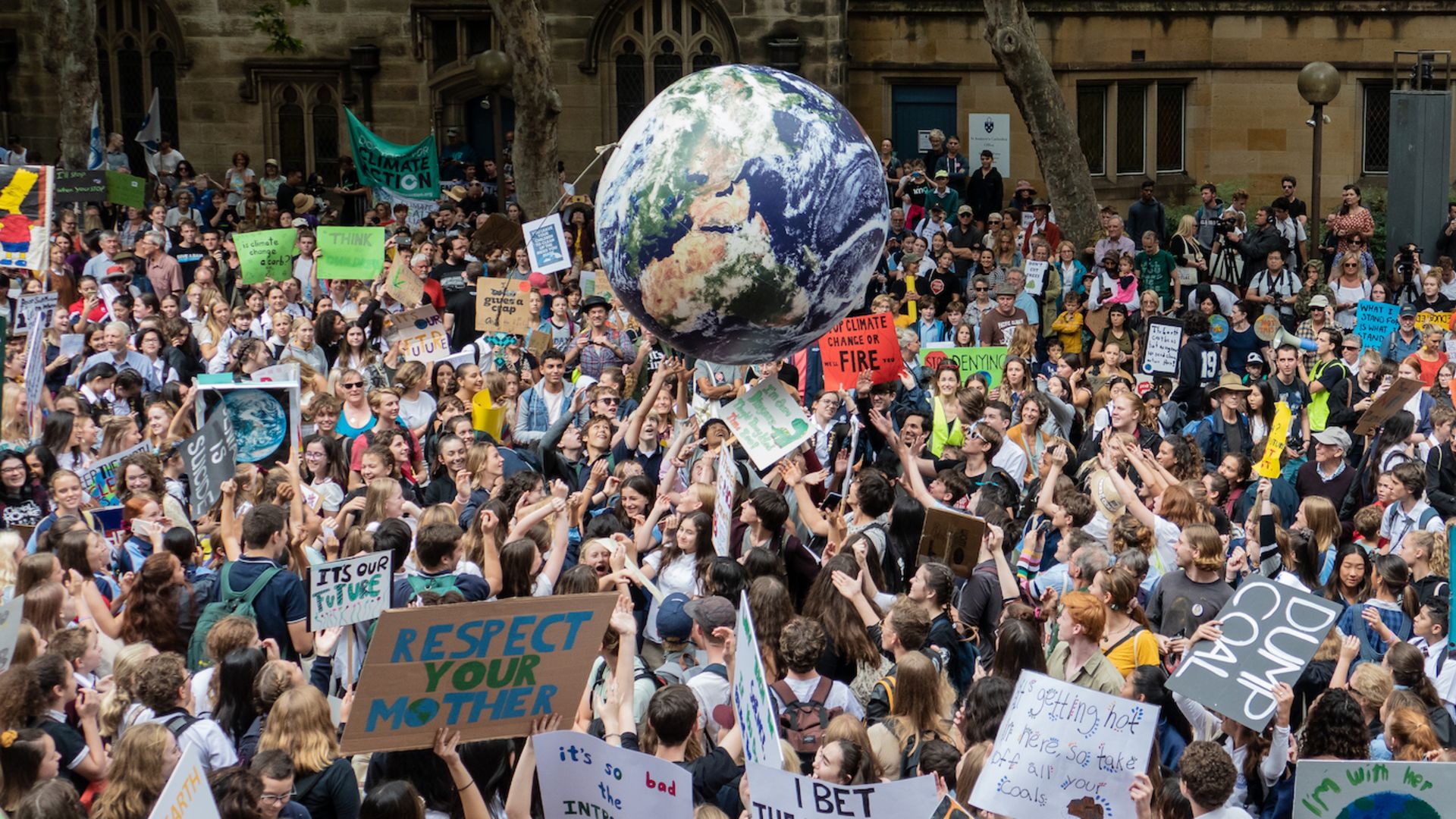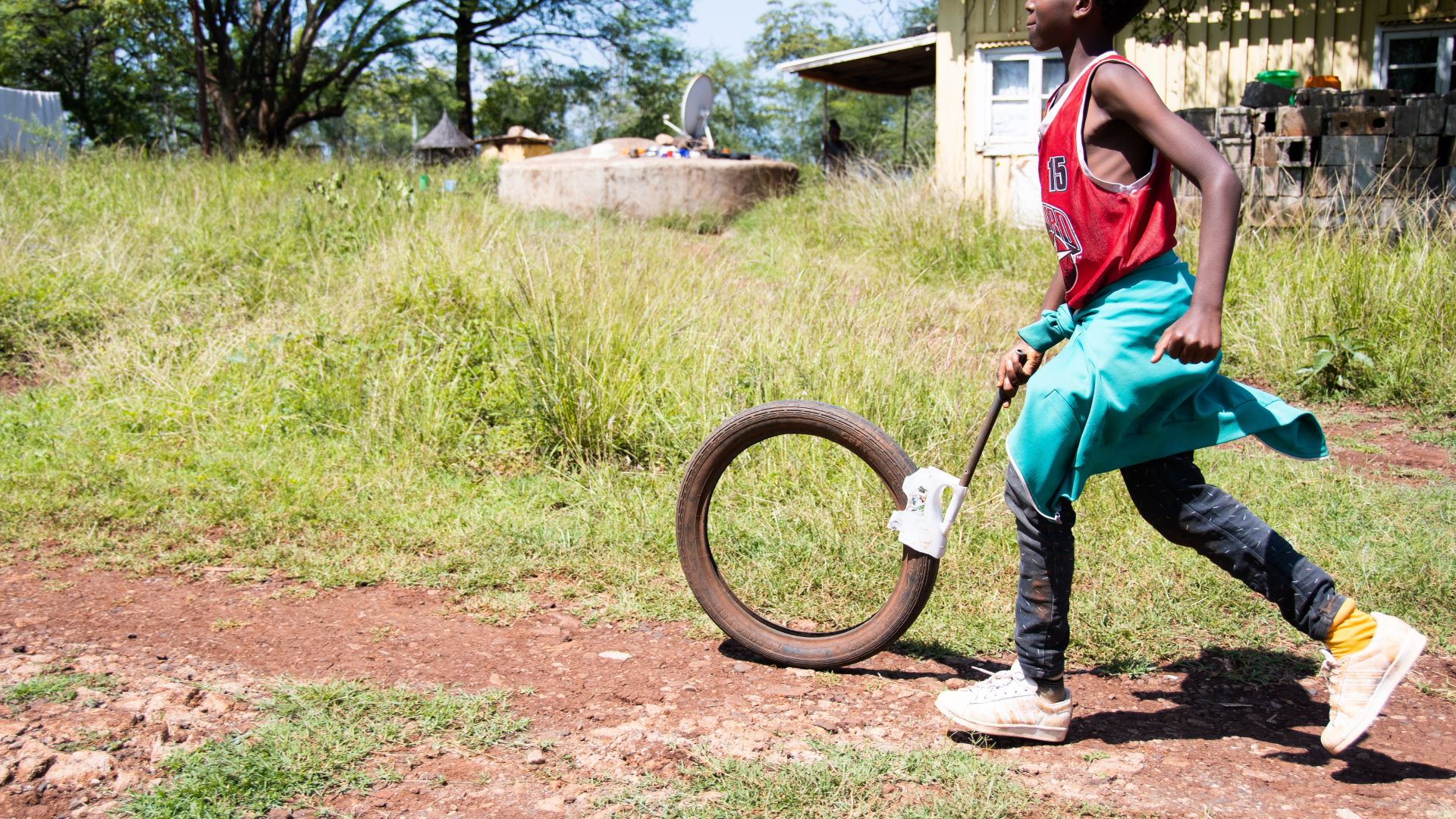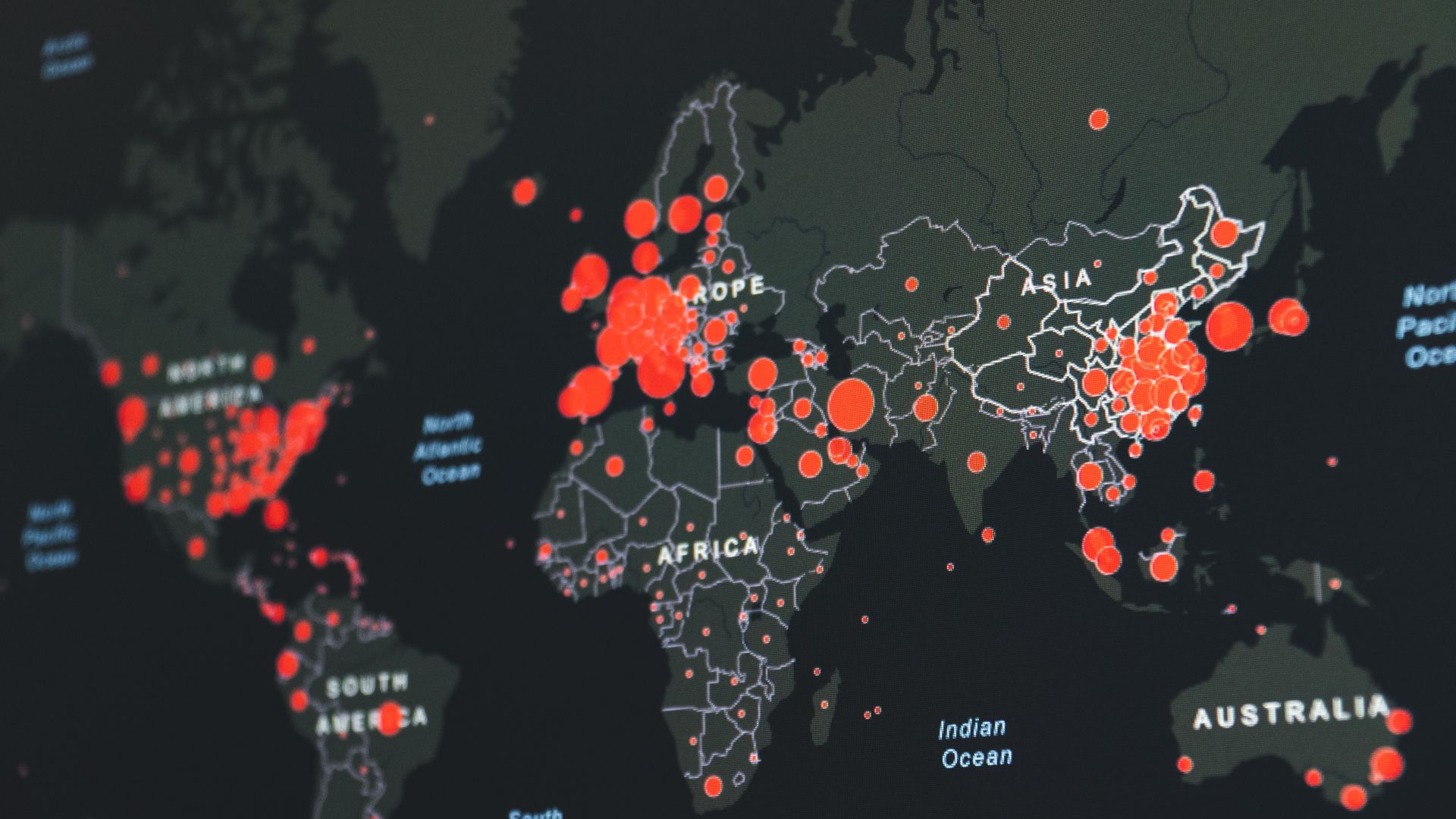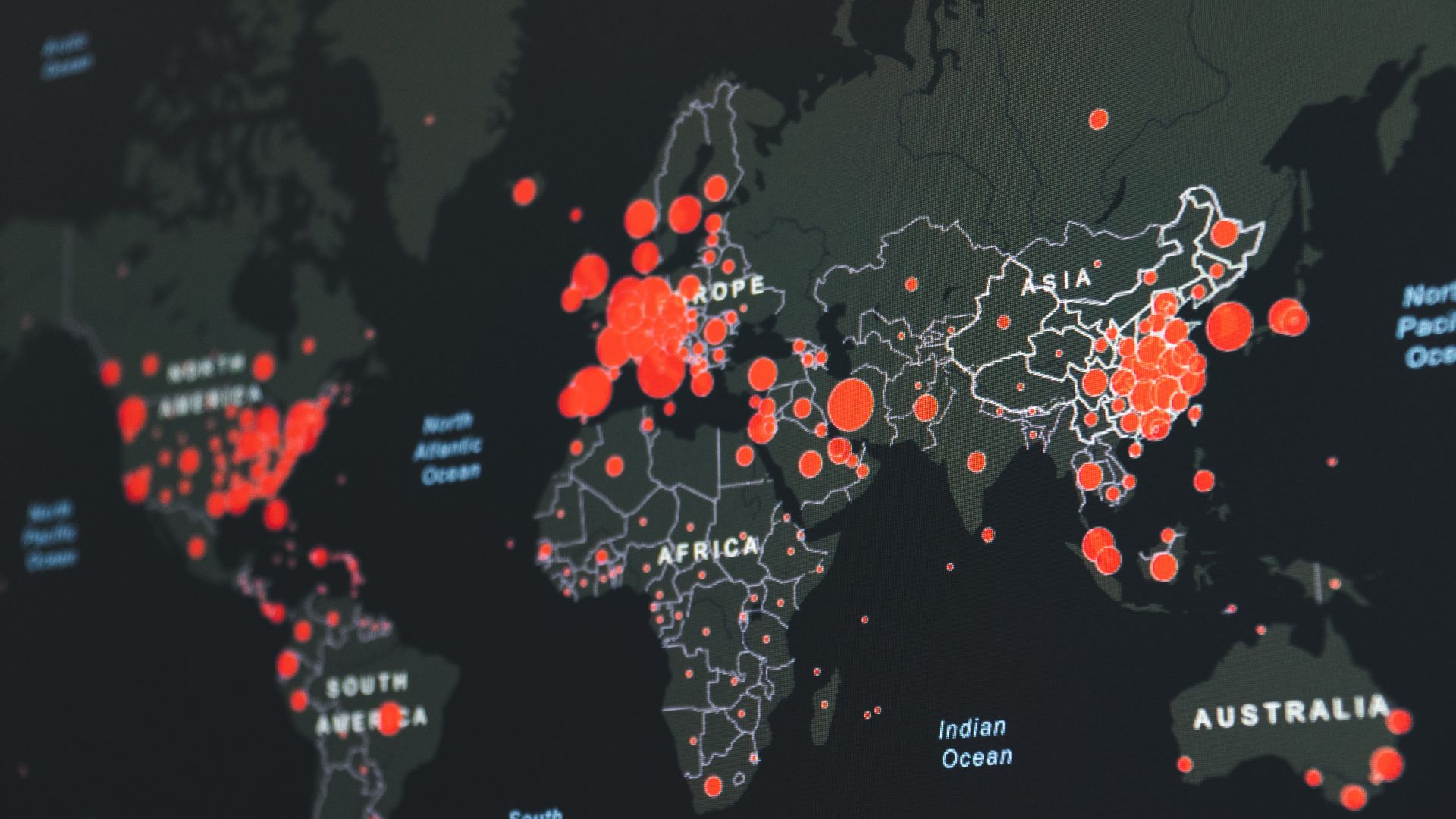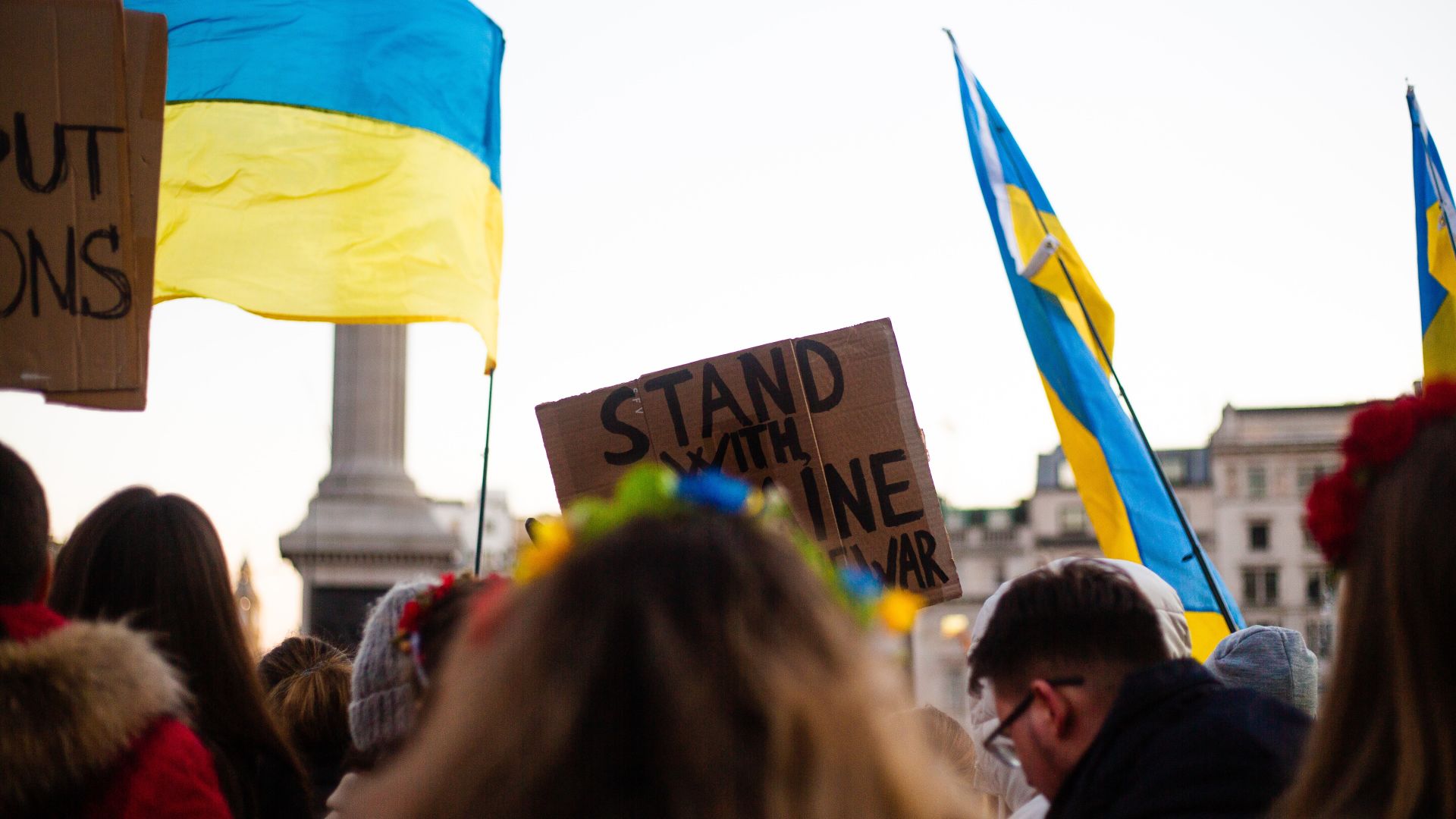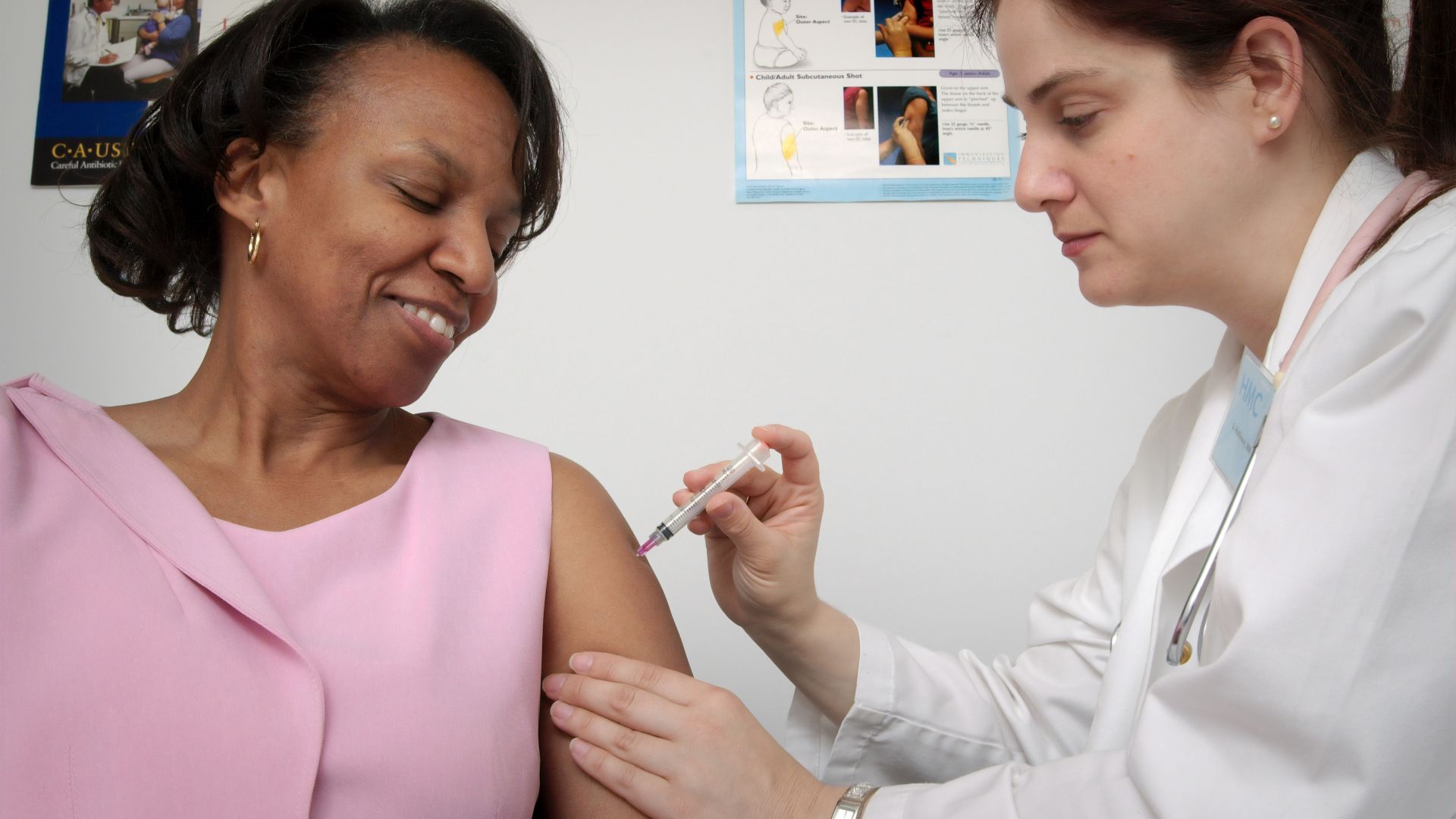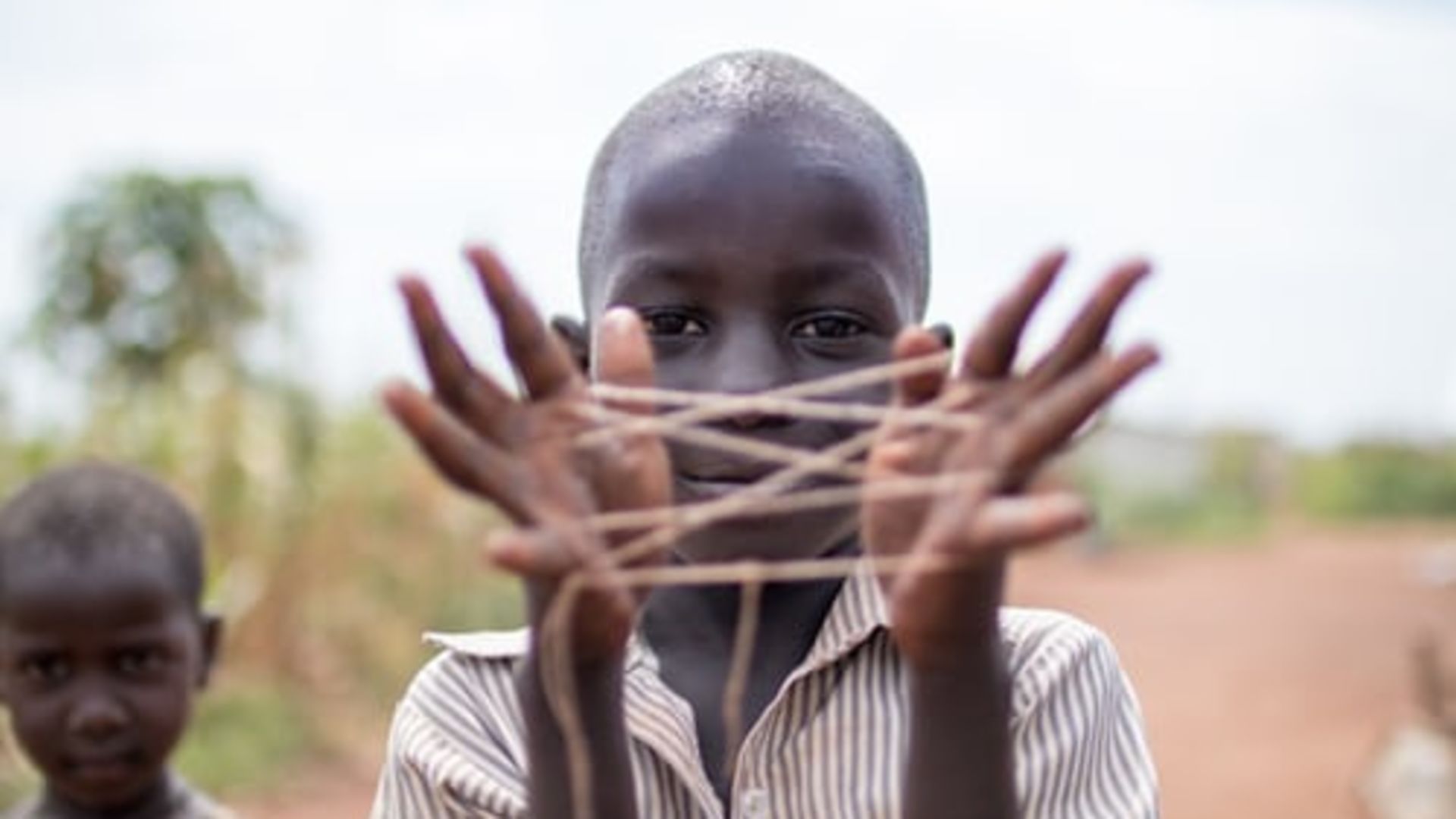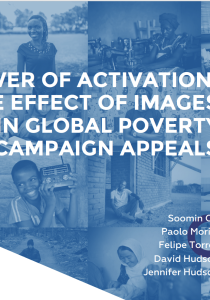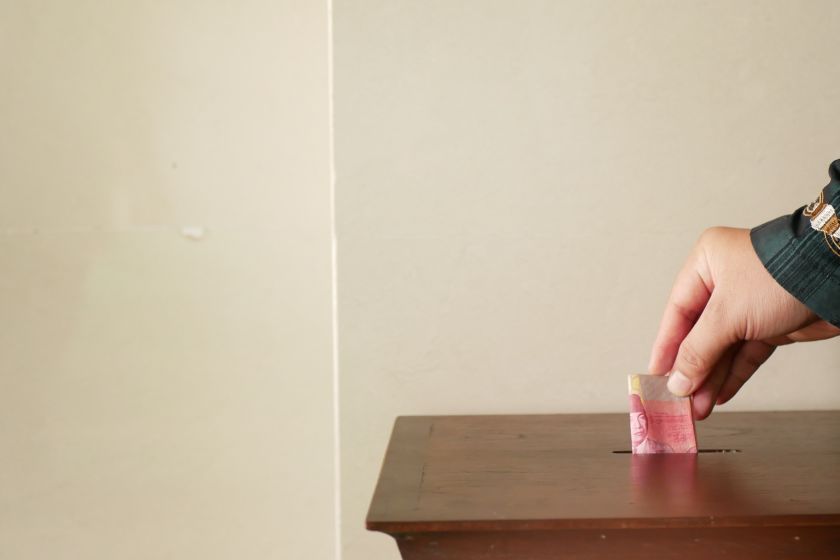
Public trust in the work of development charities and NGOs was shaken earlier this year, as reports emerged about the misconduct of aid workers in Haiti and elsewhere. The decline in trust has been documented in two recent reports, Trust in Charities and the Overseas Development Sector by nfpSynergy and Trust in Charities by Populus and the Charity Commission, and attracted attention from Baroness Stowell, Chair of the Charity Commission, who claimed that “people now trust charities no more than they trust the average stranger they meet on the street”. Two things, however, remain unclear. First, does low trust equal fewer donations? And second, would increasing public trust in development charities bring in more donations?
Could these drops be explained – at least in part – by changes in trust for charitable organisations? To answer this question, we looked at personal attitudes (e.g. personal efficacy, trust in charities and concern for global poverty) and characteristics such as age, gender, income. Figure 2 shows the relationship between trust and donations by plotting the percentage of people who donated alongside the percentage of people who say they trust charities.
'It seems that losing the trust of the public loses charities donors, but winning the trust back might not bring back the donations.'
Stranak & Fabsikova
The Aid Attitudes Tracker has asked respondents whether they have donated to development charities/NGOs since 2013. As shown in Figure 1, the overall trend in the number of people donating to global poverty charities in the UK in the last five years has fallen from 37% to 17%. There are three periods in which the drop was the most pronounced, from December 2013 to July 2014, from June 2015 to December 2015 and most recently from December 2017 to July 2018.
While the rate of donations to overseas aid has gradually declined since 2013 and trust in the charity sector has been volatile during this time, the two lines have one thing in common. Since 2013, both trust and donations significantly dropped at three distinct times and for each of these periods, we could find charity scandals which attracted substantial media attention: surpluses and dubious investments of Comic Relief (December 2013), aggressive fundraising practices blamed for the death of poppy collector Olive Cooke and dramatic closure of Kids Company (summer 2015), and the Oxfam crisis last February.
There is nevertheless one crucial difference between the two trends. While trust was recovering between June 2016 and December 2017, donations stagnated, at best. In other words, while a decline in trust goes together with a fall in donations, increasing trust in charities/NGOs does not as easily translate into increases in donations, as other constraints set in. We found even clearer evidence of this asymmetrical relationship comparing donation behaviours for the same people in December of 2017 and July 2018, after the scandal. People who donated in 2017 and whose trust went down in 2018 were less likely to donate after the scandal happened; but people who did not donate in 2017 and whose trust increased did not start donating in 2018. It seems that losing the trust of the public loses charities donors, but winning the trust back might not bring back the donations.
Of course, trust is not the only factor influencing donations. Its effect is comparable to that of the sense of personal efficacy and slightly smaller than the effect of concern for global poverty. To see if the fall in donations was more pronounced in a specific demographic group, we also investigated the effects of age, gender and education. Somewhat surprisingly, while different groups might be more or less likely to donate overall (for example women being more likely than men), the negative trend is remarkably similar across all demographic groups.
So how do our results compare to the rest of the charity sector? The annual CAF UK Giving report shows that over the past years, the overall percentage of people donating to charities decreased only slightly, from 64% in 2013 to 60% in 2017. We are left to speculate about what explains the difference between development and other sub-sectors. More substantial consequences of falling trust for development charities could be a part of the story: for example, when trust in charities falls, the public might commit to supporting different causes, which are within their reach and therefore may seem more tangible.
To sum it up, trust, together with the sense of personal efficacy and concern for global poverty, is among the strongest determinants of the fall in donations for charities working in development. Furthermore, while a decline in trust in charities is a red flag in relation to donations, rebuilding trust isn’t a guarantee that donations will return: some things take seconds to break, but ages to build. This is no doubt a familiar refrain, but one that may prove very relevant to understanding the current situation in the development sector.




